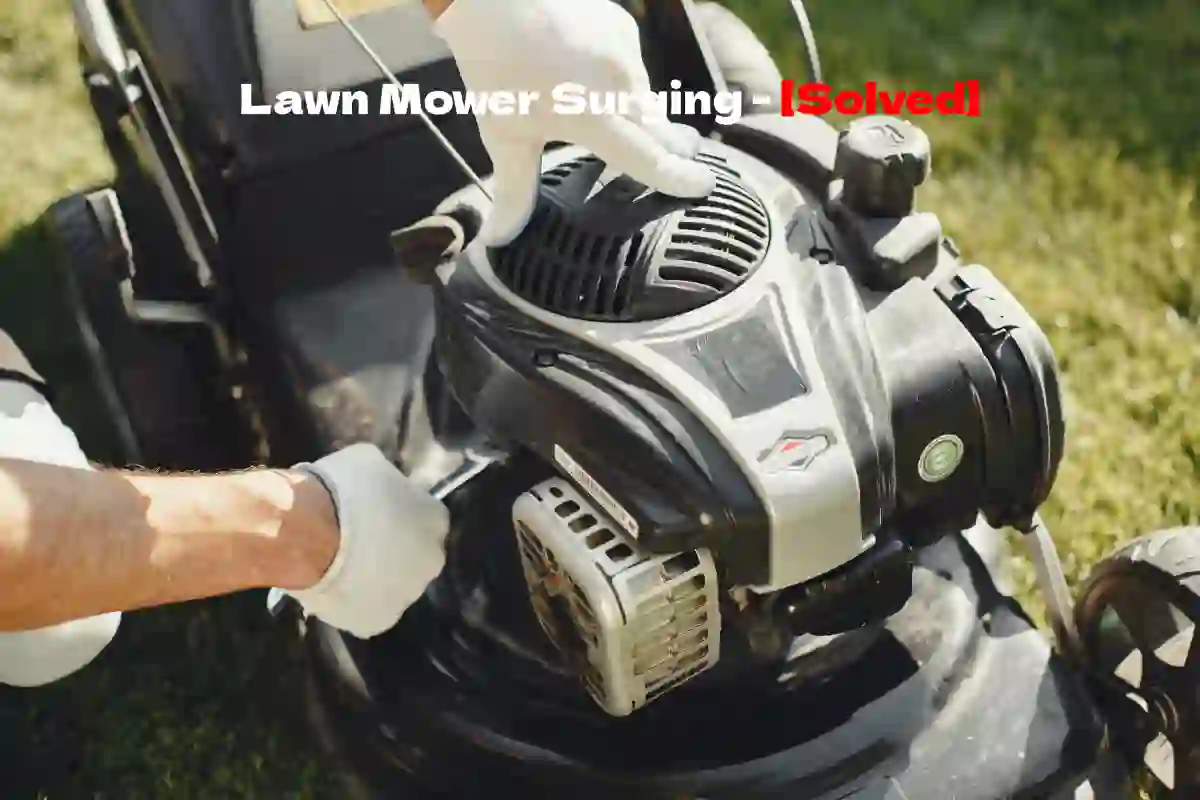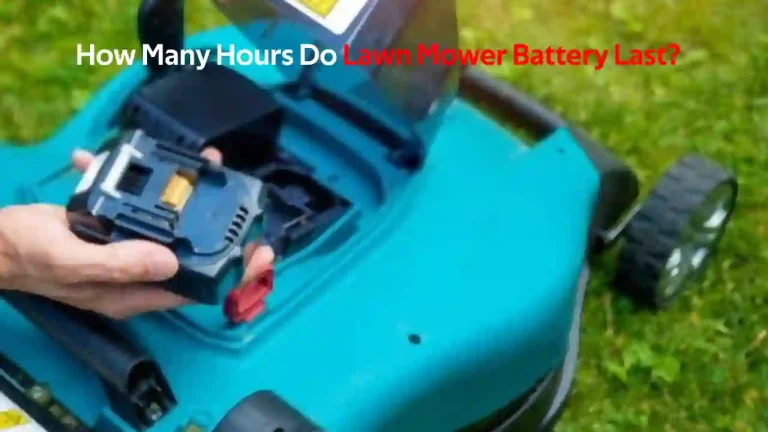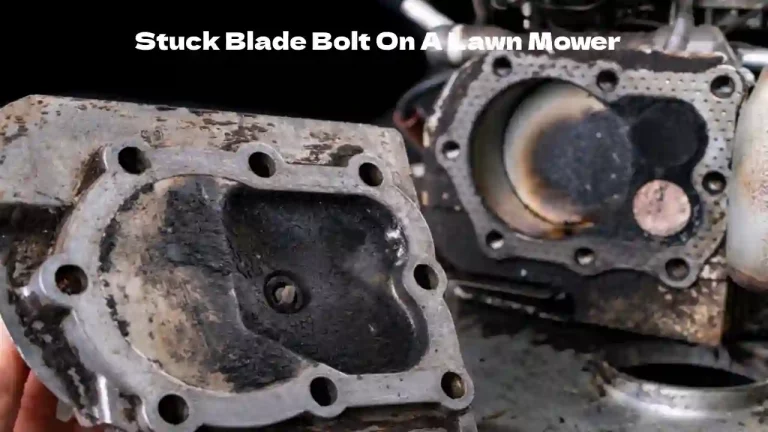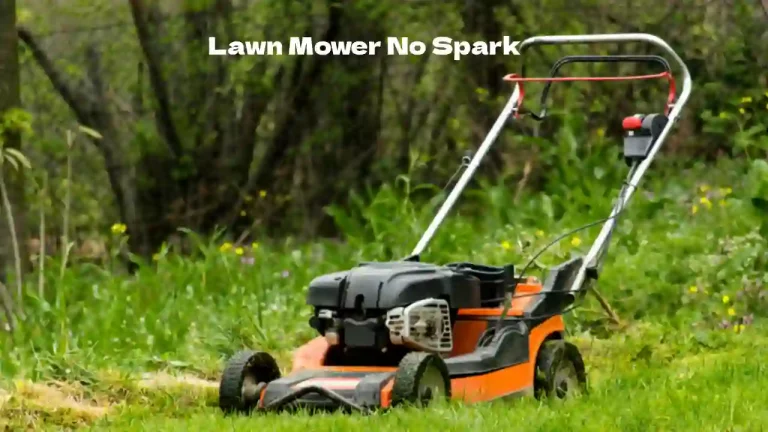As convenient and capable as lawnmowers usually are, they can become incredibly frustrating machines to operate when they suffer from mechanical issues. The problem is that they work in very contaminated environments and are exposed to both dirty air and physical dirt, which can compromise their operating efficiencies.
The causes of a lawnmower engine surging may include.
- Bad Gas
- Damaged Or Dirty Spark Plug
- The Air Filter Is Dirty
- Problems With The Fuel System
- Dirty / Faulty Carburettor
- Air or Vacuum Leaks
- Gas Filter or Gas Line Is Blocked
- Manifold Vacuum Leak
- Governor Control Fault
When a lawnmower engine starts to surge, it appears to run at full power and decelerates quickly, repeating the pattern over and over again.
A surging engine does not typically die, but it suffers from a power loss, which will compromise the final quality of the lawn cut.
Causes And Remedies For A Lawnmower Engine Surging
There are nine possible reasons why the lawnmower engine may be surging. These are listed below.
Reason 1 – Is Bad Gas Causing A Lawnmower Engine To Surge?
If the gas is old, it may have started to degrade and become “gummy”; this will reduce its ignition qualities and cause the engine to surge as different quality fuel passes through the carburetor.
If the lawnmower has been left in heavy rain or the conditions cause condensation, there may be water in the gas tank.
The fix for both issues is straightforward and requires you to empty the fuel tank and refill it with fresh petrol.
Reason 2 – A Damaged Plug May Make The Engine Surge
If your lawnmower spark plugs become dirty or damaged, they may not fire at the correct rate or level, causing the engine to surge.
Surging will be most noticeable when a high-power setting is selected, as this is when the spark needs to be most consistent. In this instance, the surges are caused by unfired fuel in the piston chamber.
To check that the spark plug is in good order, work through the following steps.
Step 1 – Remove The Spark Plug
Unscrew the spark plug from the lawnmower’s head.
- Remove the spark plug lead from the plug terminal.
- Gently loosen (anti-clockwise) the spark plug with a correct size socket.
Step 2 – Check The Condition Of The Spark Plug
Check the white external insulator is not cracked or chipped. If it is damaged, the engine may surge.
Check both the center and ground electrodes for black or oily deposits. The spark plug will not run optimally if they have very thick black oily deposits or a carbon build-up.
You can clean the electrodes by using a piece of emery cloth.
Do not press change the gap between both electrodes as this should have been set to the manufacturer’s specifications. You can use a spark plug cleaner. Amazon.
Using a feeler gauge, check the gap between the center and ground electrodes is within the manufacturer’s specification. Amazon
Step 3 – Test The Spark Plug Operation
Test the spark plug by using any of the available spark plug testers. Amazon.
A lawnmower spark plug is inexpensive, and if you have any doubt, replace it. Amazon
Reason 3 – A Dirty Air Filter Can Cause Engine Surges
The engine may not be receiving enough air because there is an issue with the air filter.
Remove the air filter; this usually is very easily achieved by simply unclipping the box’s front cover and sliding the filter out.
If the filter is dirty, this could cause the engine to surge.
Most Lawnmower engine filters are made of a soft, porous foam material or paper. You can clean foam units with soapy water, but it is recommended that you buy new ones as both types are inexpensive.
When you install the replacement (or cleaned) foam filter, it is a good practice to apply a thin coating of engine oil on the surface of the filter. The oil helps to attract dirt which could otherwise end up in the carburetor.
It is not necessary with paper filters.
Reason 4 – Problems With The Fuel System May Cause Surges
A tiny hole in the petrol tank cap prevents a vacuum from forming. If blocked, a vacuum may develop, and the system delivers gas o the engine in waves rather than as a regular stream.
Check and clean the vent and if blocked, use a needle to clear it.
Reason 5 – A Dirty Or Faulty Carburettor Can Cause Surges
If the gas is dirty or gummed up, or the air filter has allowed the ingress of dirt, the carburetor may be the problem causing the lawnmower to surge.
Only consider working on the carburetor if you are comfortable in doing so. If you are willing, work through the following steps.
- Unscrew the carburetor bowl and clean it.
- Ensure the float moves up and down smoothly with no resistance.
- Clean the tiny holes on the bowl hold-down bolt.
- Squirt some carburetor cleaner onto the jets and needle valves.
- If you find more serious problems such as damaged gaskets or jets or not you cannot remove the grime from other parts, you may need to buy a carburetor rebuild kit or replace the carburetor with a new unit.
Reason 6 – Air Or Vacuum Leaks Can Cause The Engine To Surge
A carburetor that is not sealed correctly to the engine block will suck in air, which may cause the engine to surge.
The additional air that the inadequate seal allows changes the pressures in the system and will result in the mixture of air and gas is out of balance.
It also reduces the system’s vacuum causing insufficient fuel to be drawn into the piston chamber.
Before replacing the carburetor gasket, which sits between the unit and the engine block, try tightening the carburetor retaining bolts.
If this doesn’t fix the problem, you will need to replace the carburetor gasket.
Reason 7 – The Gas Lines May Cause The Engine To Surge
If there is insufficient gas reaching the engine, this could cause the engine to surge.
One of the reasons that not enough gas reaches the engine can be due to a dirty fuel filter or blocked fuel lines.
A Dirty Gas Filter Can Cause The Engine To Surge
Suppose the gas filter installed on the fuel delivery pipe between the gas tank and the carburetor is dirty or blocked; this will cause insufficient gas to enter the carburetor, which will affect the engine’s operation.
The Gas filter is transparent, and it is easy to check for blockages.
Don’t try to clean it and instead purchase a new one.
A Blockage In The Gas Pipe
If the gas pipe is contaminated with gummed fuel or some other obstruction is blocking the fuel flow, replace it with a new tube.
Reason 8 – There Is A Leak At The Manifold
The manifold is a tube that carries the fuel/air mixture, which the carburetor has mixed into the intake valve.
A leaking intake manifold gasket on the lawnmower engine is a common cause of surging.
This problem decreases the air drawn into the engine and causes a vacuum leak for the whole air intake system.
Replacing the manifold takes a little bit of mechanical knowledge. On, most lawnmower makes it involves.
- Removing the carburetor
- Remove the engine cover
- Remove the pull cord assembly
- Remove the armature or coil
It isn’t tricky, but if you haven’t done it before, it does take a little bit of courage to dismantle the engine to this extent.
If you are not confident, it is recommended that you use the services of a professional lawnmower technician.
Reason 9 – A Faulty Governor May Cause The Engine To Surge
The governor system in a lawnmower acts a little like a cruise control system in a motor vehicle and keeps the engine speed of the lawnmower at a constant level.
If the lawnmower’s governor is not operating correctly and causing the engine to surge, it is often caused by the governor springs being worn.
These are not expensive to purchase and are easy to replace on most lawnmower makes.
Conclusion
Although irritating, a surging lawnmower is not a complicated problem to fix. The cause is usually related to an incorrect fuel/air ratio being fed to the lawnmower engine and is often caused by dirt or contaminating the system.
The fixes are not complex and, in most instances, can be completed by a person with average mechanical knowledge.
Having problem with chute clogs, read this post to fix lawn mower chute clogs.







